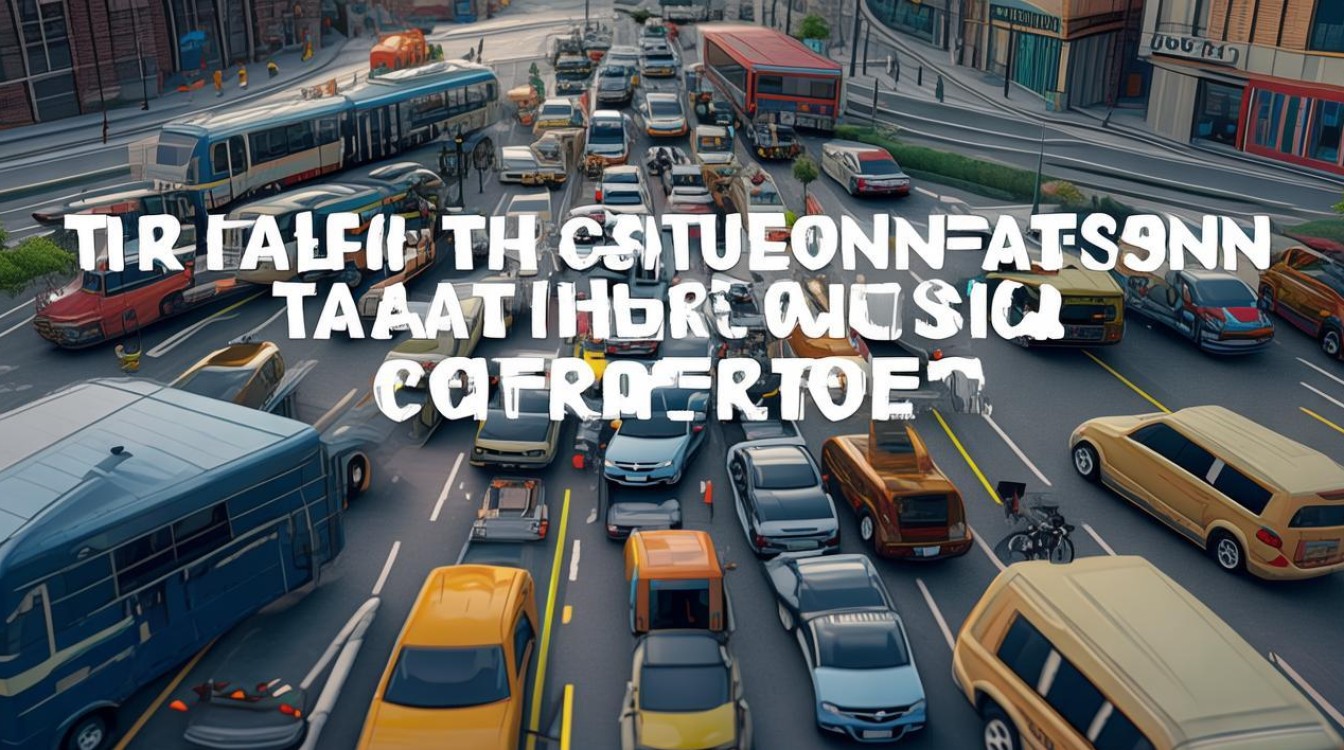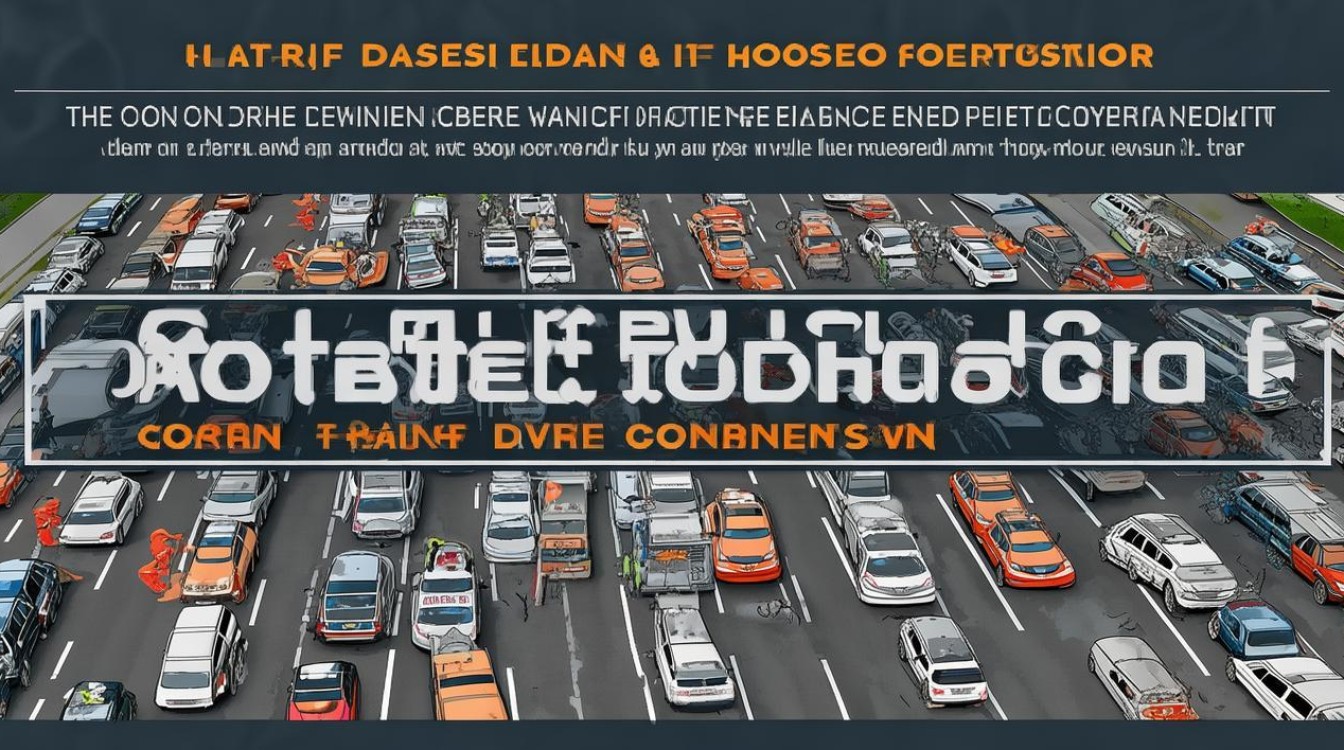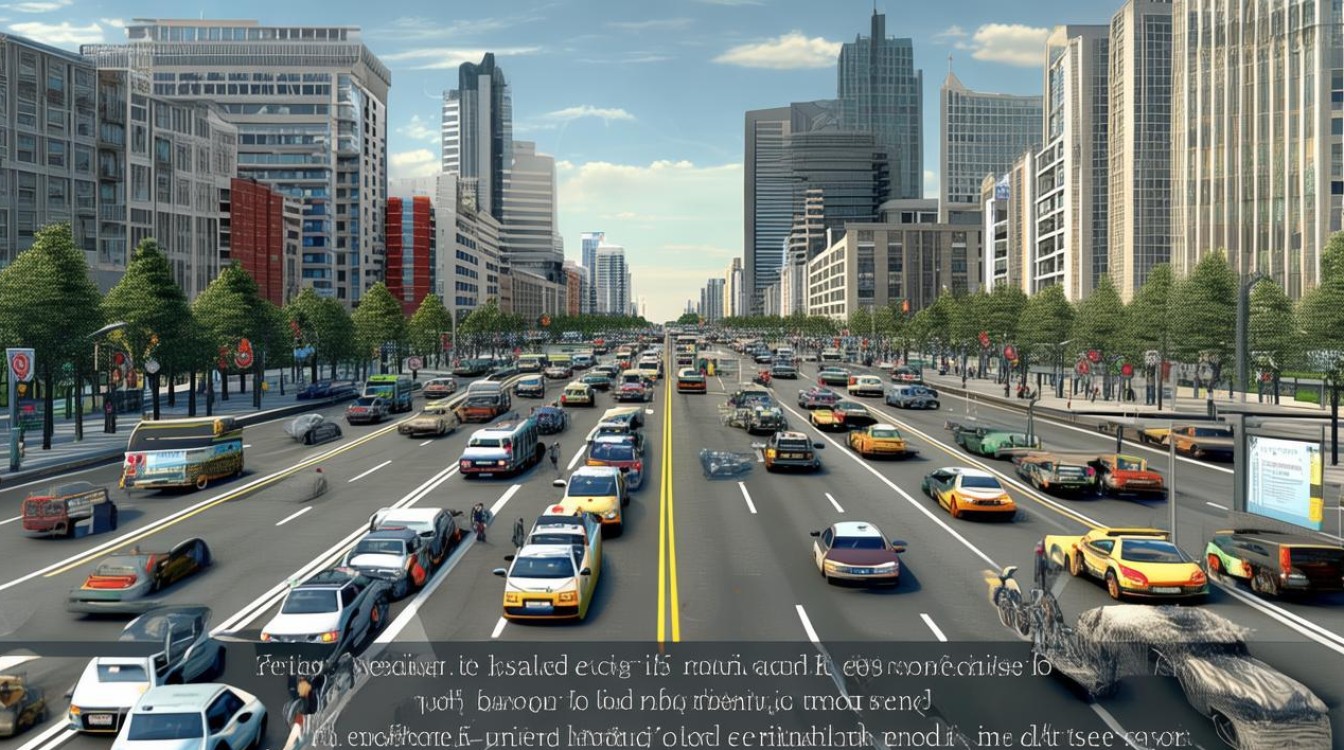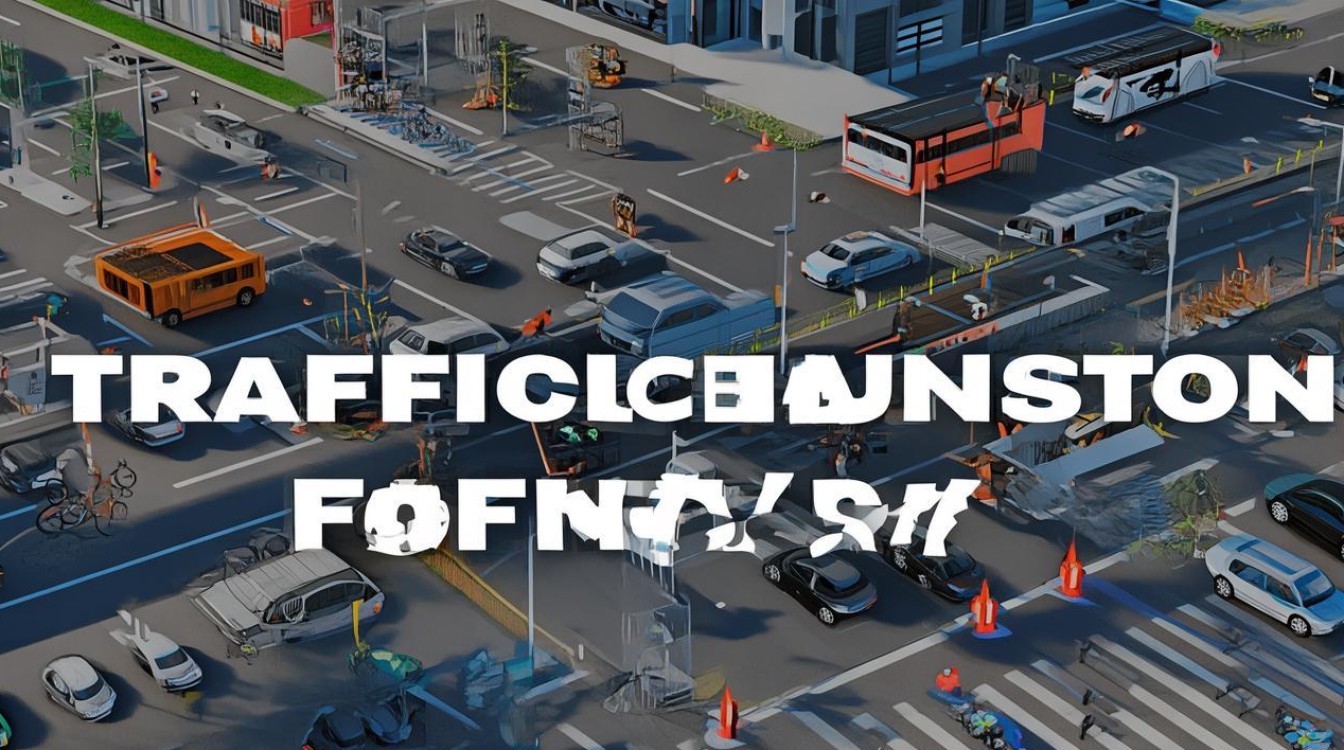Traffic congestion has become an increasingly pressing issue in urban areas worldwide. As cities expand and populations grow, the strain on transportation infrastructure intensifies, leading to longer commute times, increased pollution, and economic losses. Understanding the root causes of traffic congestion is essential for developing effective solutions.

Overpopulation and Urbanization
One of the primary contributors to traffic congestion is rapid urbanization. More people moving into cities means a higher demand for transportation. Public transit systems often struggle to keep up with population growth, forcing more individuals to rely on private vehicles. This surge in car ownership leads to overcrowded roads, especially during peak hours.
Additionally, urban sprawl—where cities expand outward rather than upward—forces people to travel longer distances for work, education, and daily necessities. Without efficient public transportation, this results in more cars on the road and worsening congestion.
Poor Infrastructure Planning
Many cities were not designed to handle the current volume of vehicles. Narrow roads, inadequate intersections, and a lack of alternative routes create bottlenecks that slow down traffic. Some urban areas still rely on outdated road networks that cannot accommodate modern traffic demands.
Another issue is the imbalance between road capacity and vehicle numbers. When new highways are built, they often encourage more people to drive rather than reducing congestion—a phenomenon known as "induced demand." Without proper urban planning, expanding roads alone cannot solve traffic problems.
Inefficient Public Transportation
A well-functioning public transit system can significantly reduce traffic congestion by offering a reliable alternative to driving. However, many cities suffer from insufficient bus routes, unreliable train schedules, and overcrowded subway systems. When public transportation is inconvenient or unsafe, people opt for private vehicles instead.
Investing in high-quality mass transit—such as metro systems, dedicated bus lanes, and bike-sharing programs—can encourage people to leave their cars at home. Cities like Tokyo and Copenhagen have successfully reduced congestion by prioritizing efficient public transport.

Traffic Accidents and Breakdowns
Even minor accidents can cause major delays, especially on highways where a single collision can create a ripple effect, slowing down traffic for miles. Vehicle breakdowns, road construction, and poorly timed traffic signals also contribute to unnecessary jams.
Improving driver education, enforcing stricter traffic laws, and implementing smart traffic management systems can help reduce accidents and keep traffic flowing smoothly.
Delivery and Freight Traffic
The rise of e-commerce has led to a surge in delivery trucks and vans on the roads. Many urban areas lack designated loading zones, forcing delivery vehicles to double-park or block lanes, further disrupting traffic.
Some cities have introduced off-peak delivery hours or incentivized cargo bikes and electric vehicles to ease congestion. Better logistics planning and urban freight policies could help mitigate this issue.
School and Work Rush Hours
Peak traffic hours—typically in the morning and evening—are when congestion is at its worst. Most people follow similar schedules, leading to a massive influx of vehicles on the road simultaneously.
Staggered work hours, remote work policies, and flexible school schedules could help distribute traffic more evenly throughout the day. Encouraging carpooling and ride-sharing is another way to reduce the number of vehicles during rush hours.

Lack of Alternative Transportation Options
In many cities, walking and cycling are not viable options due to unsafe roads, lack of bike lanes, or long distances. When people have no choice but to drive, congestion worsens.
Investing in pedestrian-friendly infrastructure, expanding bike lanes, and promoting micromobility solutions (such as e-scooters) can provide more transportation choices and reduce reliance on cars.
Weather and Road Conditions
Heavy rain, snow, or extreme heat can slow down traffic by reducing visibility and making roads hazardous. Poorly maintained roads with potholes and uneven surfaces also contribute to congestion as drivers slow down to avoid damage.
Regular road maintenance and weather-responsive traffic management can help minimize these disruptions.
Traffic Signal Mismanagement
Outdated or poorly synchronized traffic lights force drivers to stop unnecessarily, creating stop-and-go traffic. Smart traffic systems that adjust signals in real-time based on traffic flow can significantly improve efficiency.
Cities like Los Angeles have implemented adaptive traffic control systems, reducing travel times and congestion.

Cultural and Behavioral Factors
In some places, aggressive driving, frequent lane changes, and disregard for traffic rules worsen congestion. Encouraging better driving habits through education and enforcement can lead to smoother traffic flow.
Additionally, the cultural preference for car ownership over public transport in certain regions contributes to higher vehicle density on roads. Shifting attitudes toward sustainable transportation is crucial for long-term solutions.
Moving Forward: Potential Solutions
Addressing traffic congestion requires a multi-faceted approach. Some effective strategies include:
- Expanding and improving public transportation to make it a more attractive option.
- Implementing congestion pricing, where drivers pay to enter high-traffic zones, as seen in London and Singapore.
- Promoting remote work and flexible schedules to reduce rush-hour traffic.
- Investing in smart city technologies, such as AI-powered traffic management and real-time navigation updates.
- Encouraging carpooling and ride-sharing to decrease the number of vehicles on the road.
- Developing pedestrian and cycling infrastructure to provide safer alternatives to driving.
Traffic congestion is a complex issue with no single solution. However, by addressing its root causes and adopting innovative urban planning strategies, cities can create more efficient and sustainable transportation systems. The key lies in balancing infrastructure development with behavioral changes, ensuring that future cities are designed for people, not just cars.
Urban planners, policymakers, and citizens must work together to build transportation networks that prioritize efficiency, safety, and environmental sustainability. Only then can we hope to reduce the frustrating gridlock that plagues modern cities.

